Brushless DC motors are widely used in automation equipment because of their small size, lightweight, mobile power supply, low voltage, low noise, and long service life. However, many customers who are new to brushless motors, often do not know how to calculate the power of brushless motors when they are selected, so they do not know how high power brushless motors are needed. Here we will teach you how to calculate the power of a brushless motor.
About brushless motor power calculation, there is a formula to follow, whether it is brushless motor or other types of motors, all motors, must be involved in the parameters of power, speed, torque, with a reducer, then you also need to consider the reduction ratio. From the motor power, torque, and speed of these parameters, you can calculate the required parameters according to the formula, such as power * 9.8 Nm/speed = torque, and vice versa, torque * speed / 9.8 = motor power.
Compared with other kinds of motors, the advantage of using brushless DC motors is also its diverse flexibility. For example, the classic model three-phase asynchronous motor, three-phase asynchronous motor has different poles, different poles corresponding to the speed rated, such as 2 poles 2850 rpm, 4 rpm 1450 rpm, while the speed of the brushless motor is customizable, from the minimum speed of 1500 rpm, to customizable up to 8000-10000 rpm.
However, it should be noted that: the motor speed has changed, and the motor power or torque calculated according to the calculation formula will change. Because it is a DC type, it can be connected to mobile power or connected to PLC, 248 communication protocols, and remote connection to achieve the Internet of things type of control, which is very suitable for the current direction of the development of technology and advanced society.
What affects the speed of the brushless motor?
A Brushless motor is a synchronous motor, speed n is the frequency/pole log*60, and the rotating magnetic field generated by the stator is the same speed. Therefore, the factors affecting the speed of brushless motor are as follows.
- According to the speed calculation formula of the brushless DC motor, then its speed is related to the point voltage, armature resistance, and air gap main flux.
- If the brushless DC motor is powered by a multi-phase pulse, the speed is related to the frequency added to the coil.
- If it is a brushless motor like a stepper motor, then its speed is related to the error signal received by the brushless DC motor, and its speed is proportional to the error signal.
- If in the case of constant motor voltage, the speed of the brushless DC motor is affected by the magnetic flux and the number of turns of the coil, and other factors.
- Brushless DC motor speed is also affected by the voltage, the motor structure coefficient, magnetic induction strength, and other factors.
Brushless motor speed drop solution
- Low power supply voltage. Check the brushless DC motor input power, such as confirming the voltage is too low, and adjusting to average values can be.
- The stator winding wiring is not correct, such as the commonly used D-shaped connection of the legal sub-winding, if the junction is into a Y-shaped connection, then it will affect the DC brushless motor speed, and even affect the motor, pay attention to check the correction.
- The load is too large, brushless motor starting torque is small, the load will lead to speed drop, reduce the load can.
- Cage rotor break phenomenon, brushless motor heat, and humming sound take the broken strip scout or iron powder method to find the fractured strip, timely stop repair.
- The motor wire package internal short circuit, timely detection, and repair.
- The motor bearing oil shortage, bearing oil shortage, not enough lubrication, the speed will slow down, the motor needs oil.

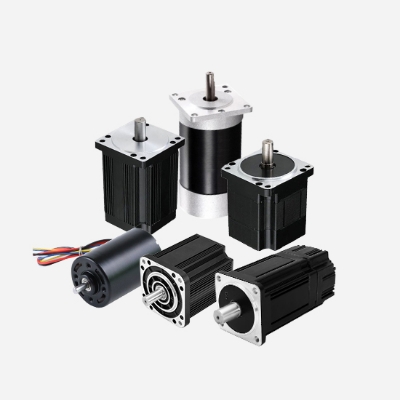
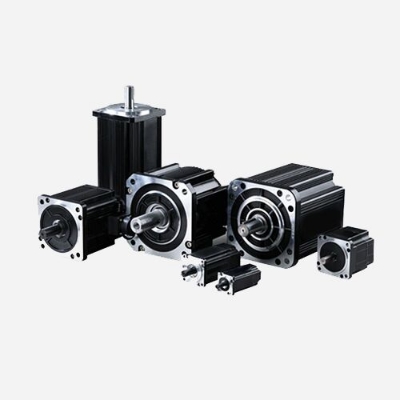
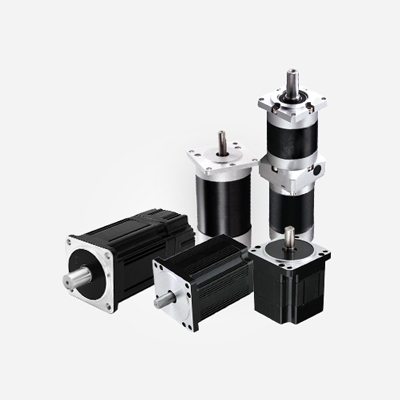
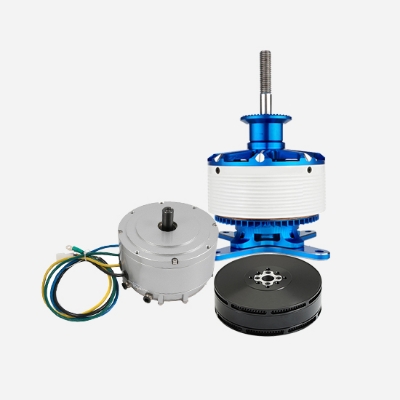
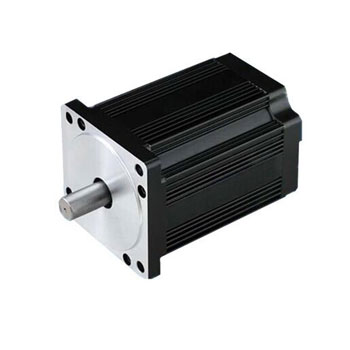
Can you please explain how to calculate the RPM, eg from pole count.
It would be something like (Polecount * 6step * commutation period ms) /60
Thanks